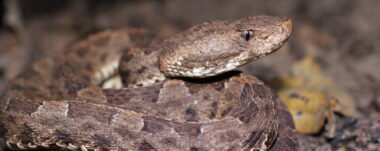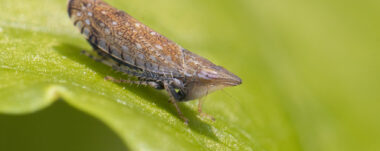Bats of Costa Rica: diversity, ingenuity, and nocturnal hunting

Costa Rica is home to nearly 220 species of non-marine mammals, of which approximately half—117 species to date—are bats. This figure may come as a surprise, especially when you consider that there are only around 40 species in the entire United States. What is most impressive is that, despite its small size (it would take about 192 Costa Ricas to equal the area of the US), this Central American country is home to approximately 8% of all bat species on the planet.
The diversity of Costa Rican bats is extraordinary in both form and function. However, their importance goes far beyond their appearance, as these mammals play fundamental ecological roles.
Insectivorous bats contribute to pest control, frugivorous bats help disperse seeds by defecating while flying through the forest, and those that feed on nectar and pollen are essential pollinators for hundreds of plant species.
Bat tent builders
In Costa Rica, at least 17 species of bats have been identified that build their own shelters. These animals modify broad leaves—especially those of certain palm trees—by strategically biting their structures to make them bend and form a kind of plant “tent” where they can shelter from the weather and predators.
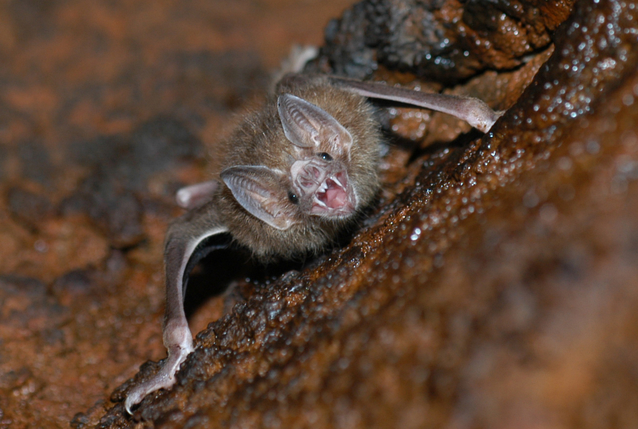
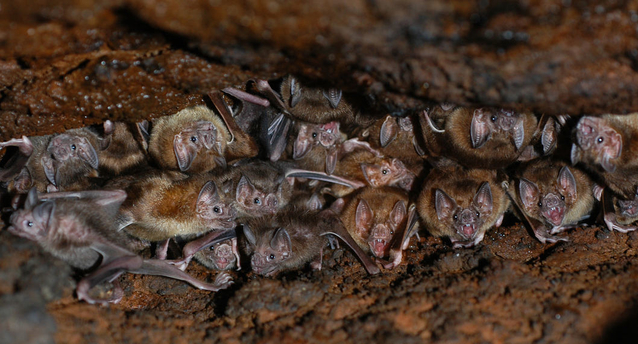
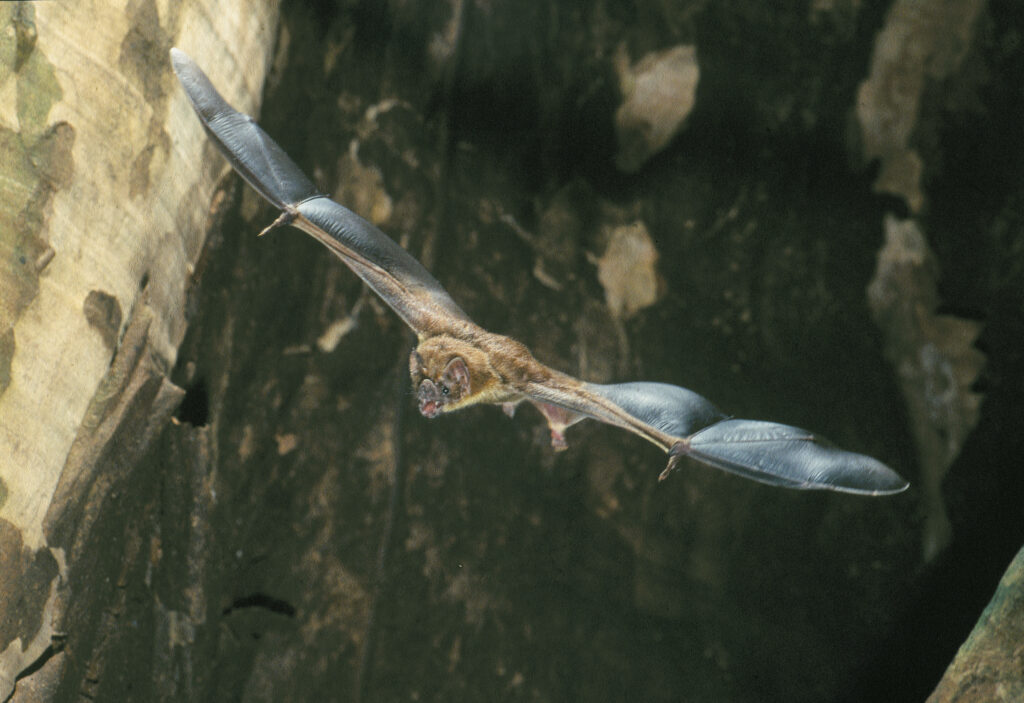
Each species has a different style of roost, and they use various plants to create them. In addition to providing protection, these shelters also serve as safe places for them to feed. These bats tend to change roosts frequently, abandoning old ones to build new ones.
Even so, bats aren’t the only ones who find these structures appealing: wasps also take advantage of them, so you should be careful when exploring these shelters.
Fishing bats
Two species of fishing bats inhabit Costa Rica: the greater and lesser fishing bats. They are also known as “bulldog bats” due to their facial appearance, which resembles that of this breed of dog. Their enlarged feet and strong claws allow them to drag themselves across the surface of the water to catch fish.
Once they detect their prey, they catch it with their claws, kill it with their fangs, and store it in their mouth pouches before continuing to hunt. These species are often recorded by camera traps in calm or slow-flowing bodies of water. On occasion, they have been observed taking advantage of the movements of large aquatic mammals, such as the Baird’s tapir, which stir up sediment on the bottom, making it easier to access fish.
The large carnivorous bat
One of the most impressive species recorded in Costa Rica is the spectral bat or false vampire bat (Vampyrum spectrum), which is the largest bat in the Western Hemisphere, with a wingspan that can reach one meter.
In contrast to small bats that flit around in search of insects, this species stands out for its hunting behavior: it actively pursues small rodents, birds, and even other bats. Although rarely observed, camera trap records have documented its ability to hunt terrestrial prey, confirming its role as a top predator among neotropical bats.
Sensorial Sunsets
Navigate articles




